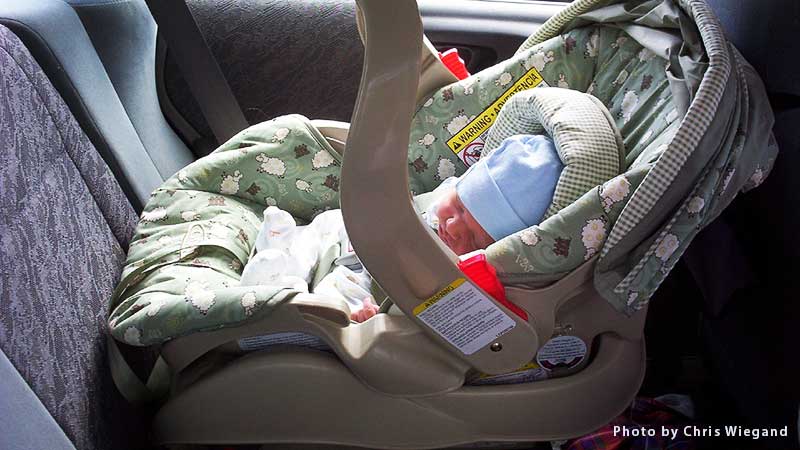
Children and babies need to be protected at all times, even when they are away from home. This is why there are specific guidelines to follow in the case of car seats, so children are also safe on the road. There are different devices needed, depending on the age and size of the child.
Babies and Toddlers
Children up to 3 years old need a car seat that is rear facing. This means that their heads will not be facing the front of the vehicle. These are designed to help your child extensively in the event of an accident, especially since babies are so small at this stage in their lives. You should use this type of car seat until your baby weighs too much for the model you have.
Preschoolers
Larger toddlers and children up to 7 years old, if they are on the tiny side, will need a car seat that faces forward. These are the typical car seats that you are used to seeing. They often come with a harness and a rather confusing matrix of options for making sure that the child and their seat are buckled properly into the car. This is to protect the young one and make sure that the seat doesn’t go anywhere during sudden stops or other unexpected driving incidents. Again, a child will outgrow this type of seat eventually or outweigh the limit set by the manufacturer, and they should keep using this type of seat until that happens.
School Children
Most people do not purchase booster seats for their child once they start attending school, but they should. Children that are around 8-12 years old need this type of seat for the most protection when using their seat belts. A child’s body is not large enough to fit into a seatbelt properly, so you will need a special device that makes it fit better in the areas it needs to protect.
Older Kids
Once your child is over 4 feet 9 inches tall and is around 13 years old, they are finally able to use the regular seat belts in the car. You should show them how to use them properly and make sure they are wearing them at all times. The safest place for them to be is in the back seat, so be certain that is where they are sitting in the car. Also take care to not place your children in front of an air bag, as it may hurt them severely.
A Quick Note
These are general guidelines that will help children of all ages be safer when traveling. However, it is important to keep in mind that every state has slightly different laws on car seats and requirements, so make sure you know the laws in your state, to keep you from getting a ticket or in other serious trouble. Besides that, you may learn something you didn’t know which will allow you to be a better parent and keep your children even more protected.
